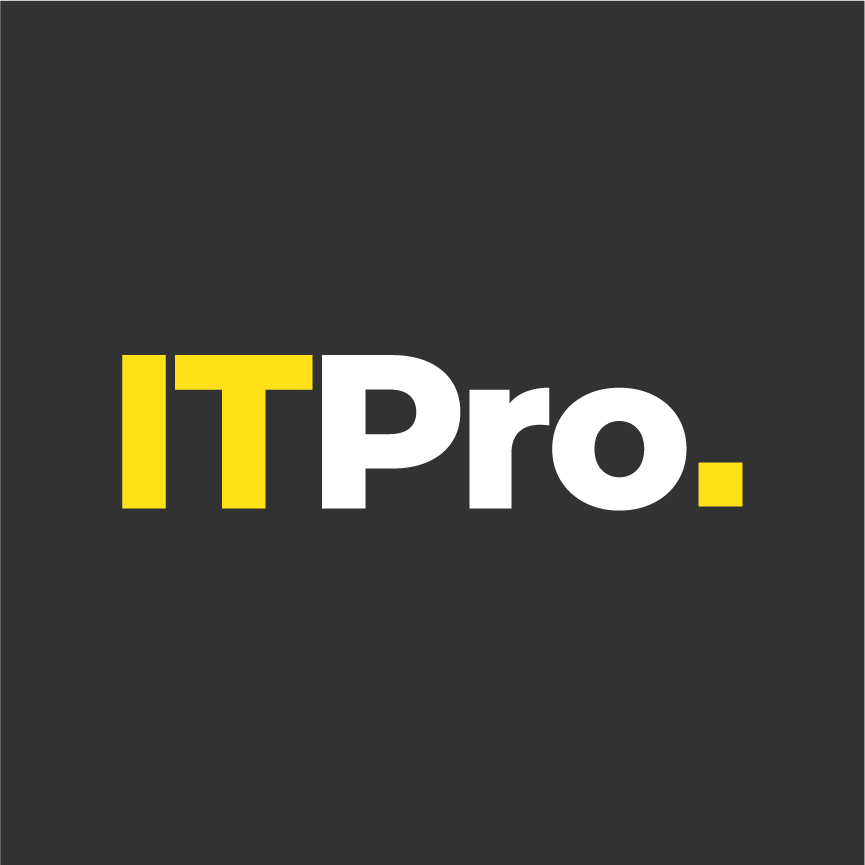The IT Pro Podcast: The best bits of MWC 2022
We recap some of the highlights of this year’s Mobile World Congress
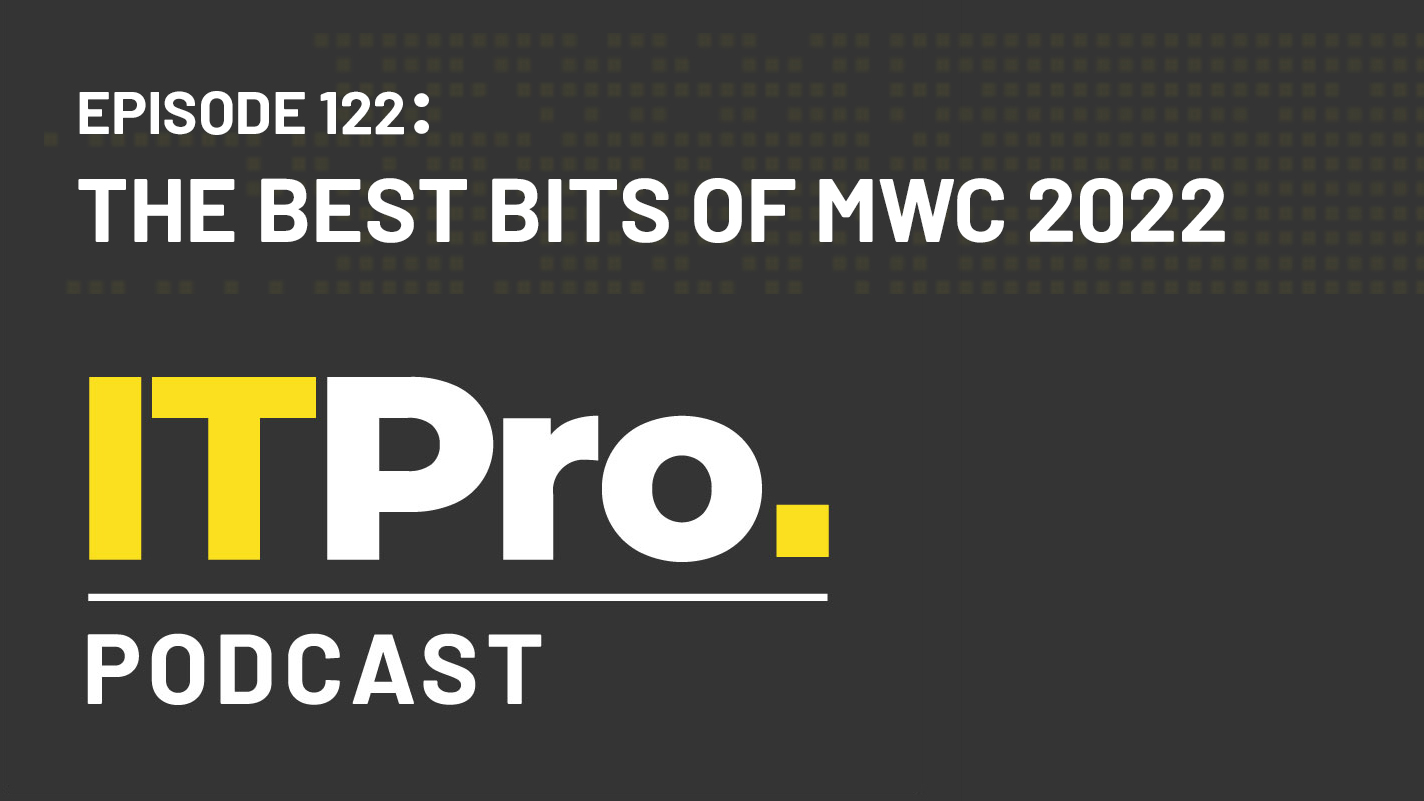
MWC is back; after a few years in hibernation, the trade show has once again opened its doors to the mobile industry, with thousands of exhibitors and attendees flocking to Barcelona to check out the latest products and technologies.
This year’s show saw everything from new laptops and smartphones, to developments in network infrastructure and wireless standards. Bobby Hellard and Sabina Weston join us this week to share some of the most interesting things they saw at the show, including Qualcomm’s first Wi-Fi 7 chip, a new all-in-one from Huawei, and a charger that can fill your phone up in just a few minutes.
Highlights
“Size wise, it's nowhere near as big as what it was in 2019. I'm not sure on the attendance figures, but there was a lot less than what it was before the pandemic. And we just had more virtual presentations. So companies like Realme and Lenovo, they chose to give us video showcases but they didn't actually attend. So that's completely different from 2019. Lenovo had one of the biggest stands in 2019, but they had no presence this year.”
“Nowadays, we mostly see Wi-Fi 6, in plenty of new offerings. And Wi-Fi 7 isn't considered very mainstream; in fact, it's only been properly announced last year. So I found it extremely surprising that Qualcomm is now rolling out the world's first Wi-Fi 7 chip, which basically is in its sampling stage. Now the technology is available, but we'll see it in devices in the second half of this year. It's going to offer very low latency of less than two milliseconds and the peak speeds of 5.8 gigabits per second will help power use cases in the metaverse and in extended reality, which was very big this year.”
“Interestingly enough, the best device on show was not a handset or a laptop, it was actually a charger. So this also fits into the narrative of those that weren't there and those that were there, because in the morning on Monday, Realme introduced an Ultra Dart Charger. It's 150 Watt, boom, charges your phone, five minutes, 50% full. But by the afternoon, that had been doubled, I think, or almost doubled, by Oppo with their prototype for a Super VOOC charger, 240 Watts, which charges the phone in nine minutes from zero to full.”
Read the full transcript here.
Footnotes
- Why I’m getting cold feet over the lack of tech conferences
- IT Pro Panel: The post-COVID future of tech conferences
- Aruba unveils enterprise-grade Wi-Fi 6E
- D-Link Nuclias DBA-X1230P review: Pricey but powerful
- OnePlus 10 Pro hands-on review: A solo Pro with little sparkle
- Huawei MateStation X hands-on review: All aboard for productivity
- Huawei MateView review: A stunning, innovative screen – but it’s expensive
- Samsung Galaxy Book2 Pro 360 hands-on review: 360 degrees of portability
- View from the airport: Networking at MWC 2022
- View from the airport: Hardware at MWC 2022
- Sony pulls out of MWC 2022
- What devices can we expect from MWC 2022?
- Wi-Fi 7 and XR to set the agenda at MWC 2022
- MWC 2022: Qualcomm announces “world’s first” 5G AI and Wi-Fi 7 chips
- MWC 2022: Lenovo unveils its first Arm-based ThinkPad boasting 29 hour battery life
- MWC 2022: Huawei's Super Device ecosystem lets business users work seamlessly across devices
- MWC 2022: Ukrainian protesters call for Russian tech boycott
- Mobile World Congress cancelled amid coronavirus crisis
- How the Fira de Barcelona is bringing Wi-Fi 6 to some of Europe's biggest events
- MWC 2022 | The best new phones, laptops and PCs
Subscribe
- Subscribe to The IT Pro Podcast on Apple Podcasts
- Subscribe to The IT Pro Podcast on Google Podcasts
- Subscribe to The IT Pro Podcast on Spotify
- Subscribe to the IT Pro newsletter
- Subscribe to IT Pro 20/20
Sign up today and you will receive a free copy of our Future Focus 2025 report - the leading guidance on AI, cybersecurity and other IT challenges as per 700+ senior executives
ITPro is a global business technology website providing the latest news, analysis, and business insight for IT decision-makers. Whether it's cyber security, cloud computing, IT infrastructure, or business strategy, we aim to equip leaders with the data they need to make informed IT investments.
For regular updates delivered to your inbox and social feeds, be sure to sign up to our daily newsletter and follow on us LinkedIn and Twitter.
-
 Gender diversity improvements could be the key to tackling the UK's AI skills shortage
Gender diversity improvements could be the key to tackling the UK's AI skills shortageNews Encouraging more women to pursue tech careers could plug huge gaps in the AI workforce
-
 Researchers claim Salt Typhoon masterminds learned their trade at Cisco Network Academy
Researchers claim Salt Typhoon masterminds learned their trade at Cisco Network AcademyNews The Salt Typhoon hacker group has targeted telecoms operators and US National Guard networks in recent years
-
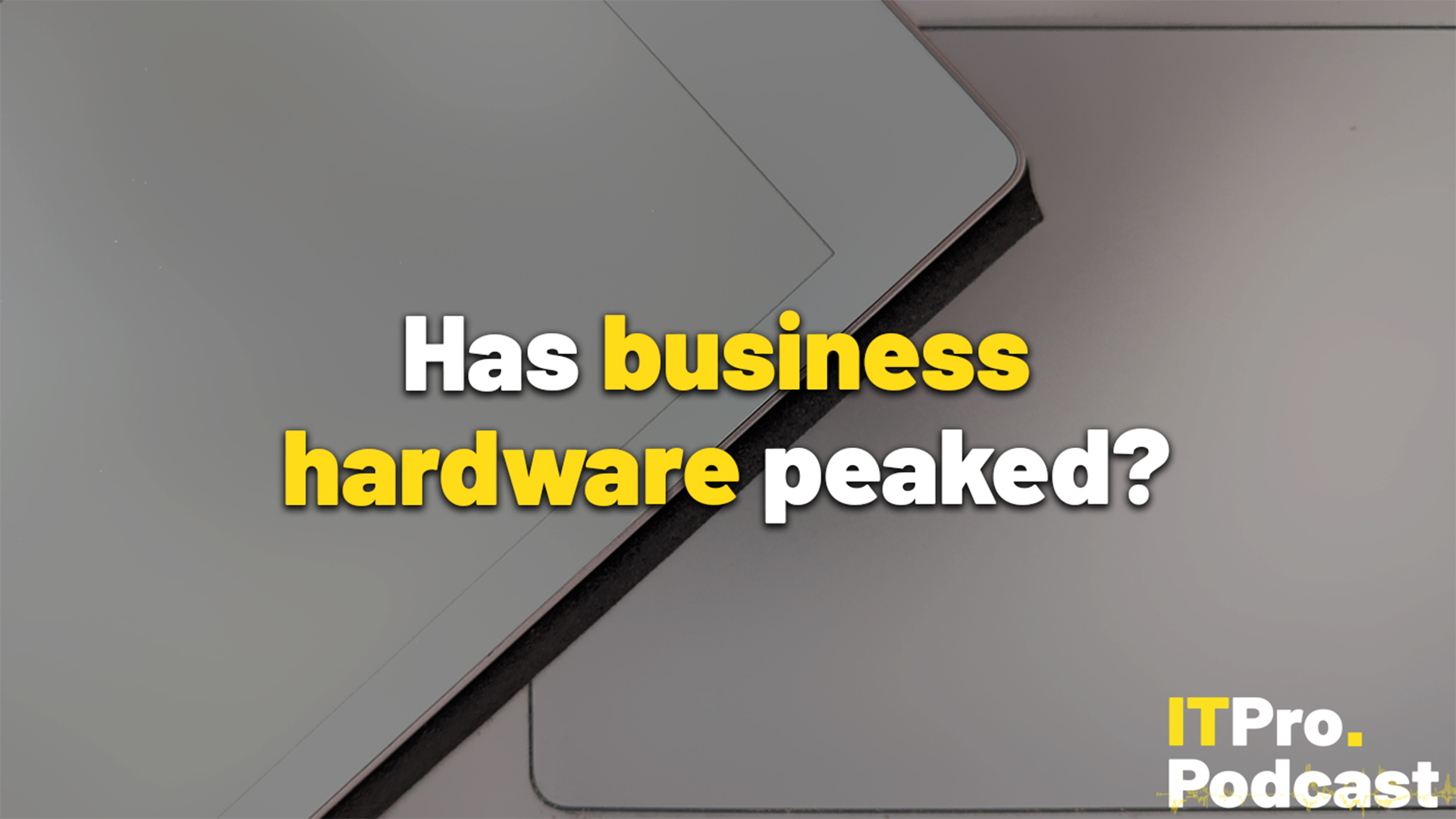 Has business hardware peaked?
Has business hardware peaked?ITPro Podcast NPUs, e-ink, and immersive headsets are the latest hardware innovations for business devices
-
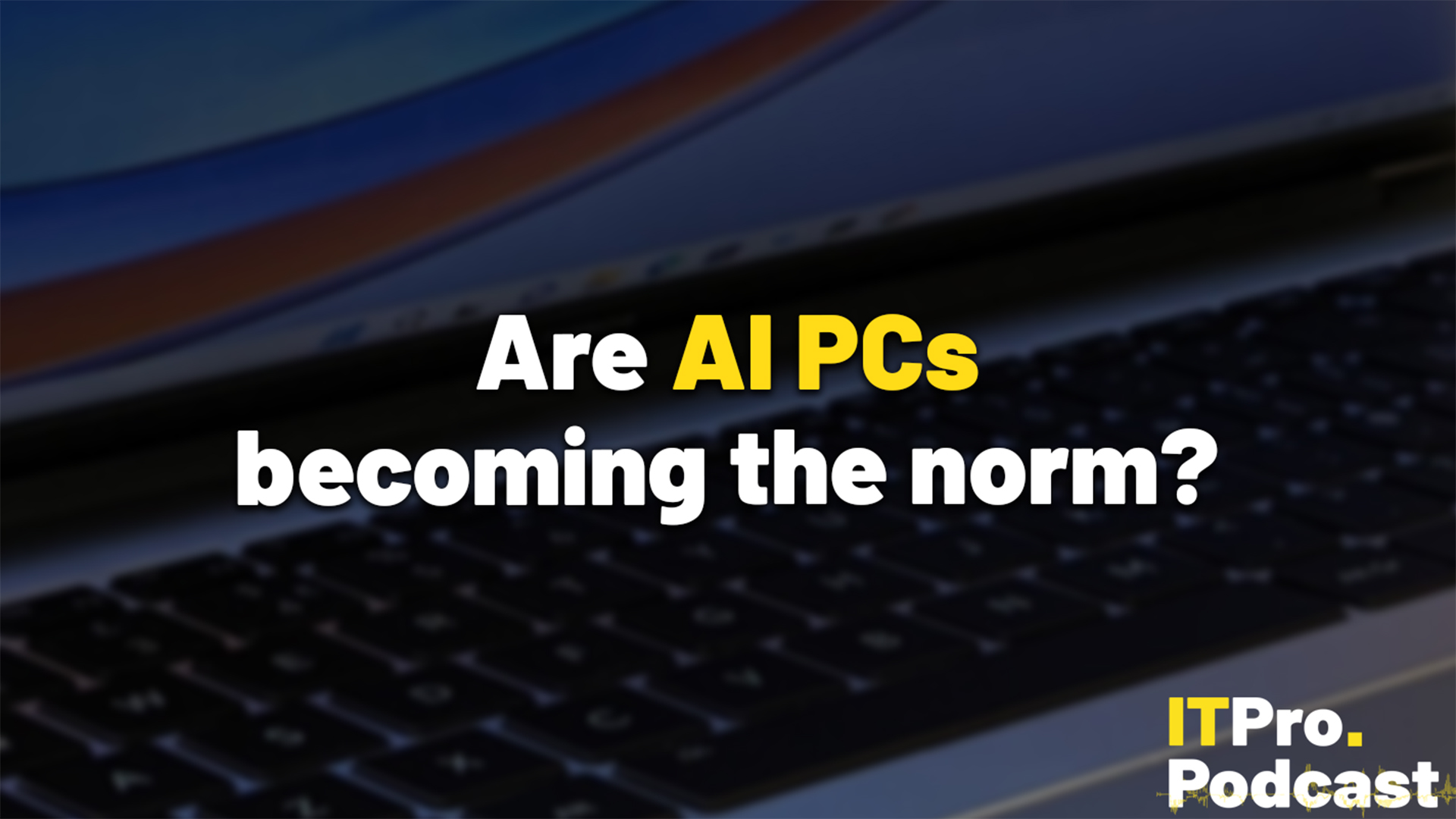 Are AI PCs becoming the norm?
Are AI PCs becoming the norm?ITPro Podcast As manufacturers increasingly embed NPUs in devices, what are the benefits to businesses?
-
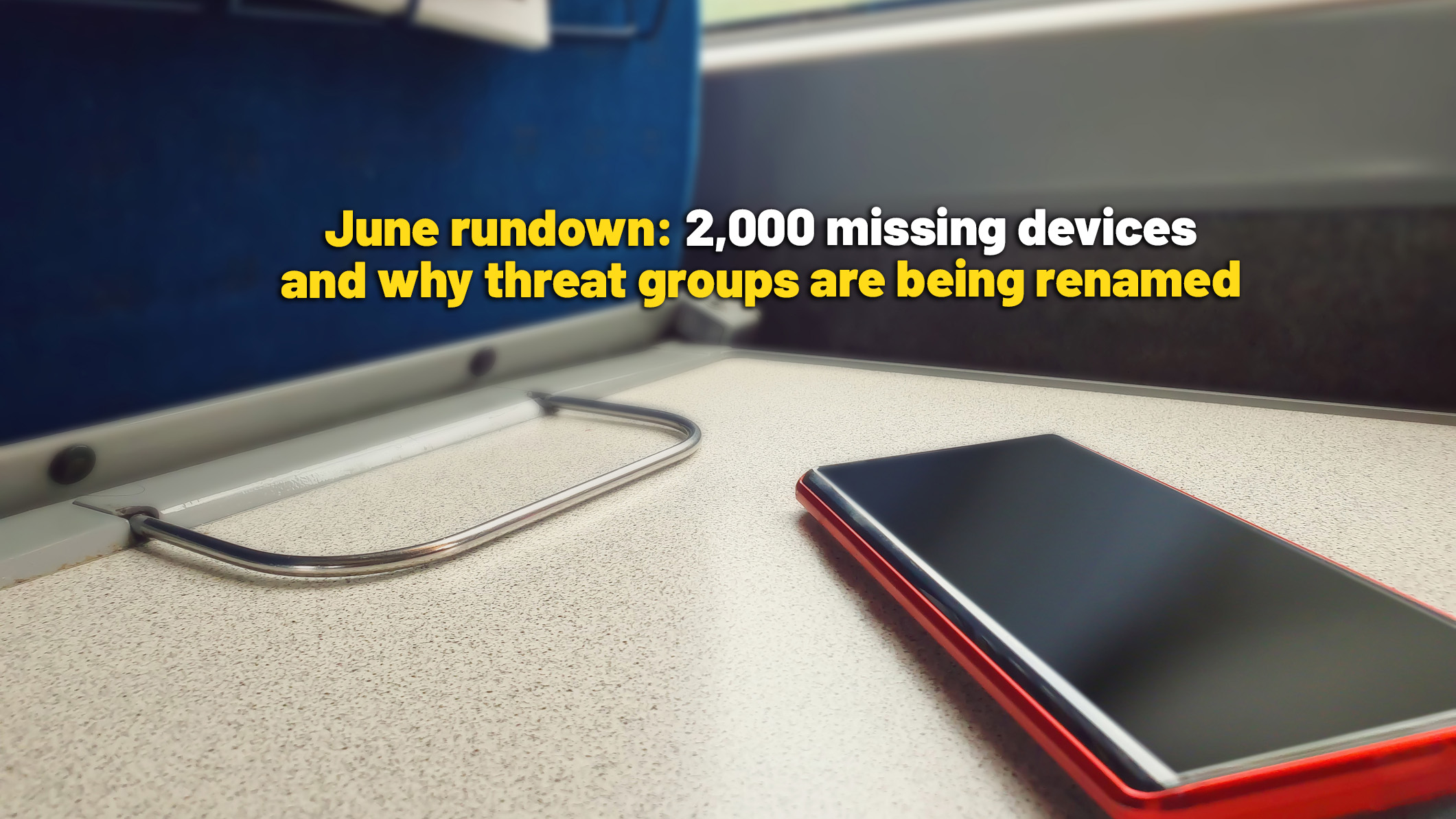 June rundown: 2,000 missing devices and why threat groups are being renamed
June rundown: 2,000 missing devices and why threat groups are being renamedITPro Podcast Nvidia talked up the UK's AI prowess while also talking down its supercomputer infrastructure
-
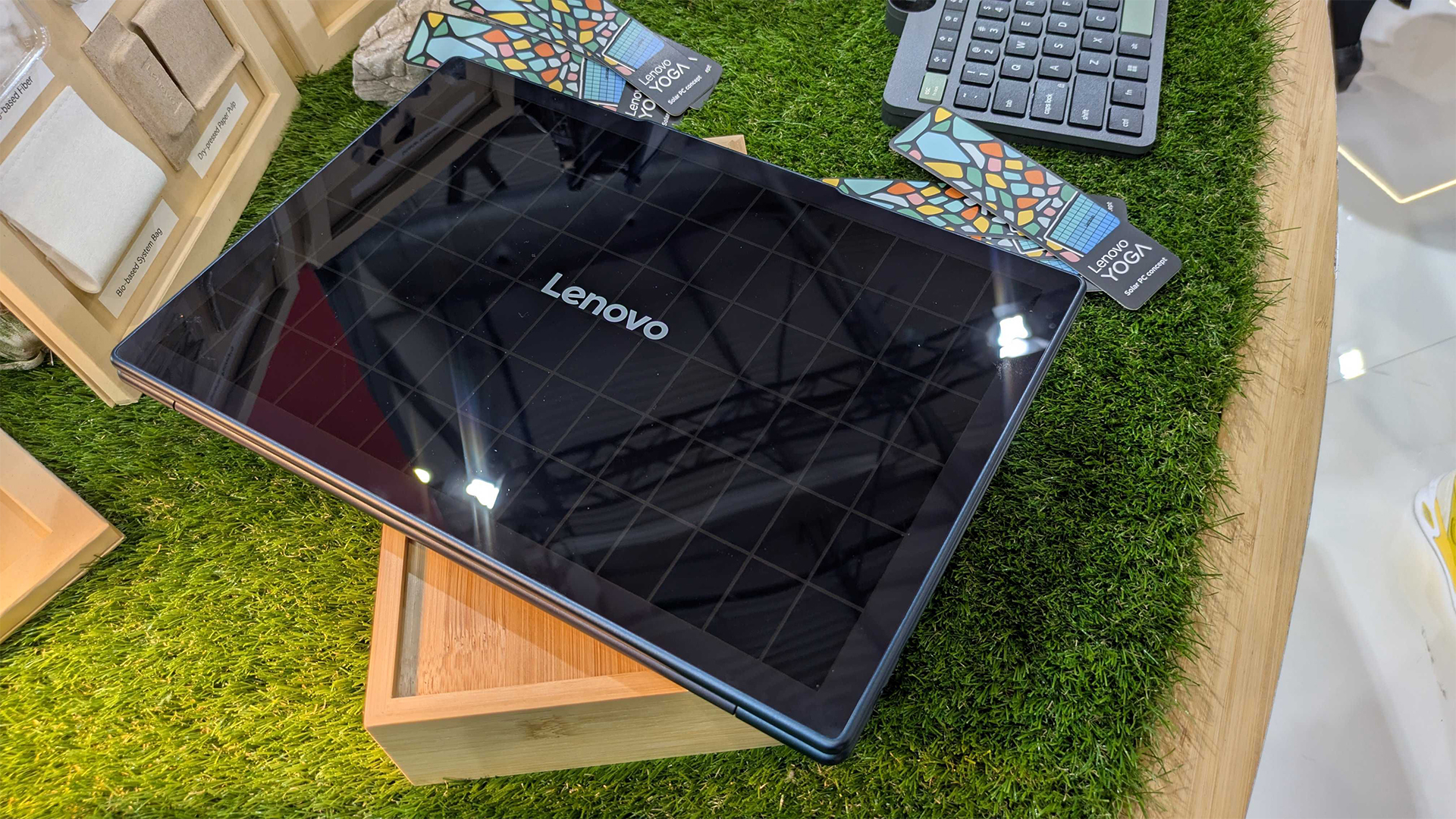 Lenovo’s solar-powered laptop could be a game changer for battery longevity – but we'll be waiting a while for a fully-fledged product
Lenovo’s solar-powered laptop could be a game changer for battery longevity – but we'll be waiting a while for a fully-fledged productNews Lenovo unveiled an experimental solar-powered laptop at MWC 2025 amid updates to the Yoga and Ideapad lineups
-
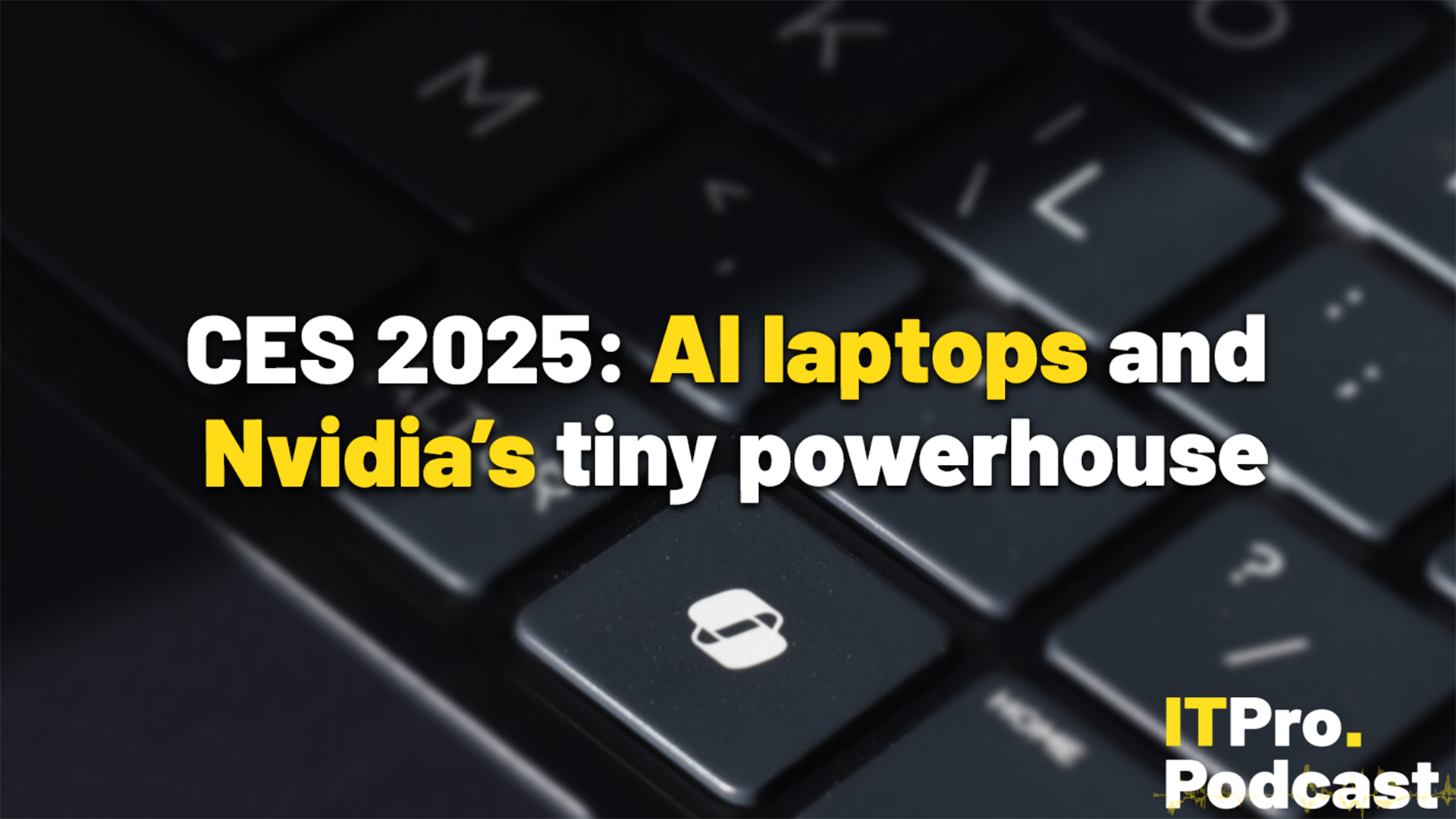 CES 2025: AI laptops and Nvidia’s tiny powerhouse
CES 2025: AI laptops and Nvidia’s tiny powerhouseITPro Podcast Project DIGITS promises to put the power of local LLMs on the desks of developers
-
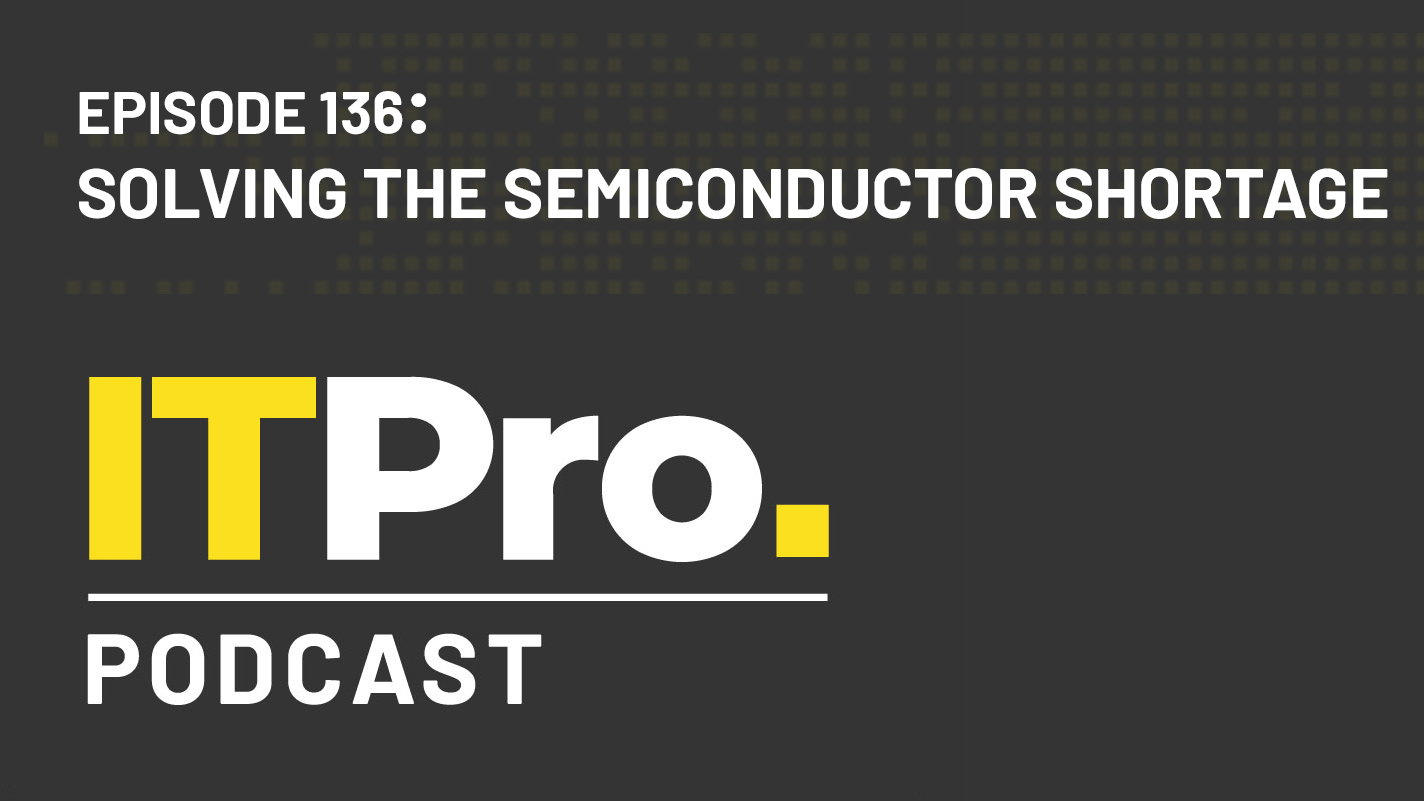 The IT Pro Podcast: Solving the semiconductor shortage
The IT Pro Podcast: Solving the semiconductor shortageIT Pro Podcast When the chips are down, supply chains may need a long time to ramp back up to full capacity
-
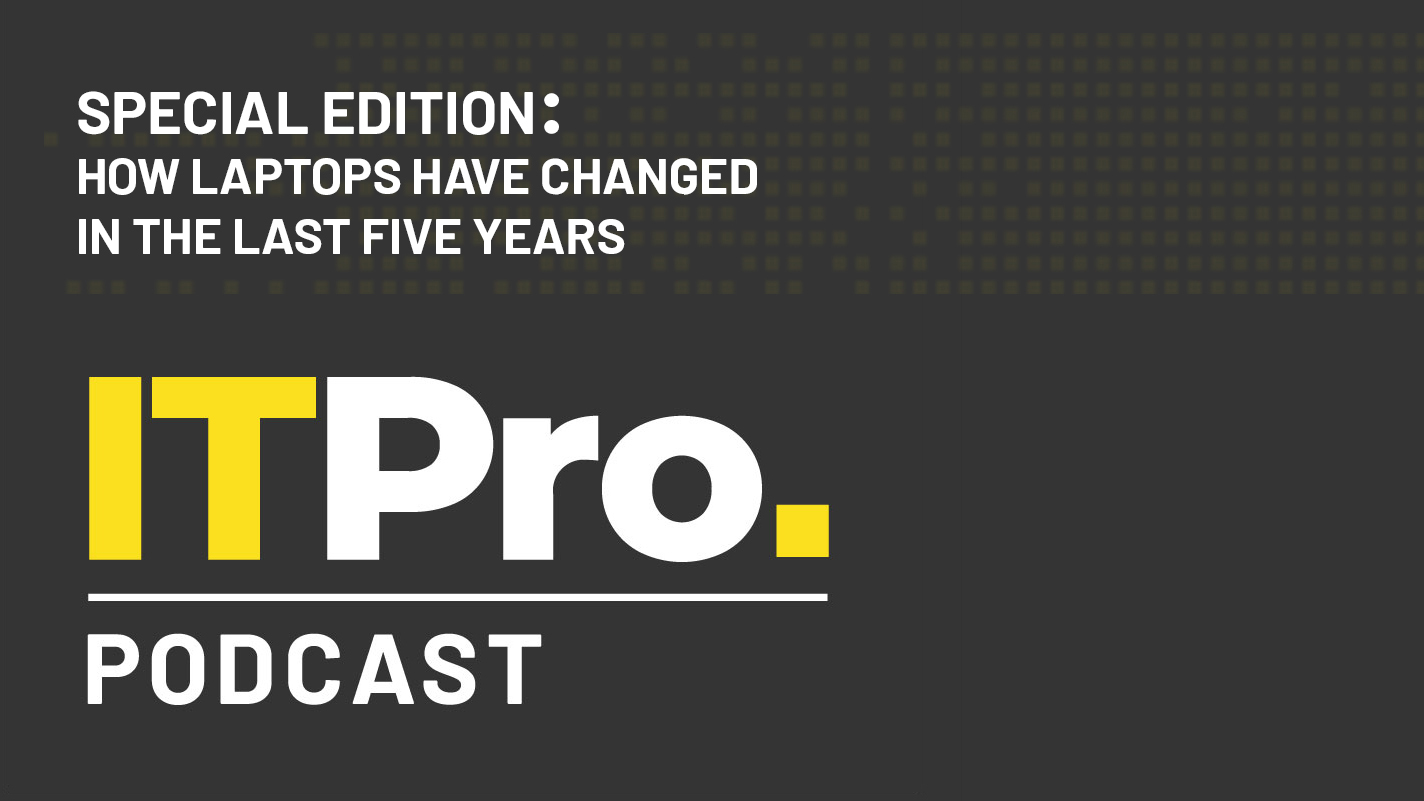 IT Pro Podcast Special Edition: How laptops have changed in the last five years
IT Pro Podcast Special Edition: How laptops have changed in the last five yearsSponsored Technology has advanced a long way since 2017 and so have our needs
-
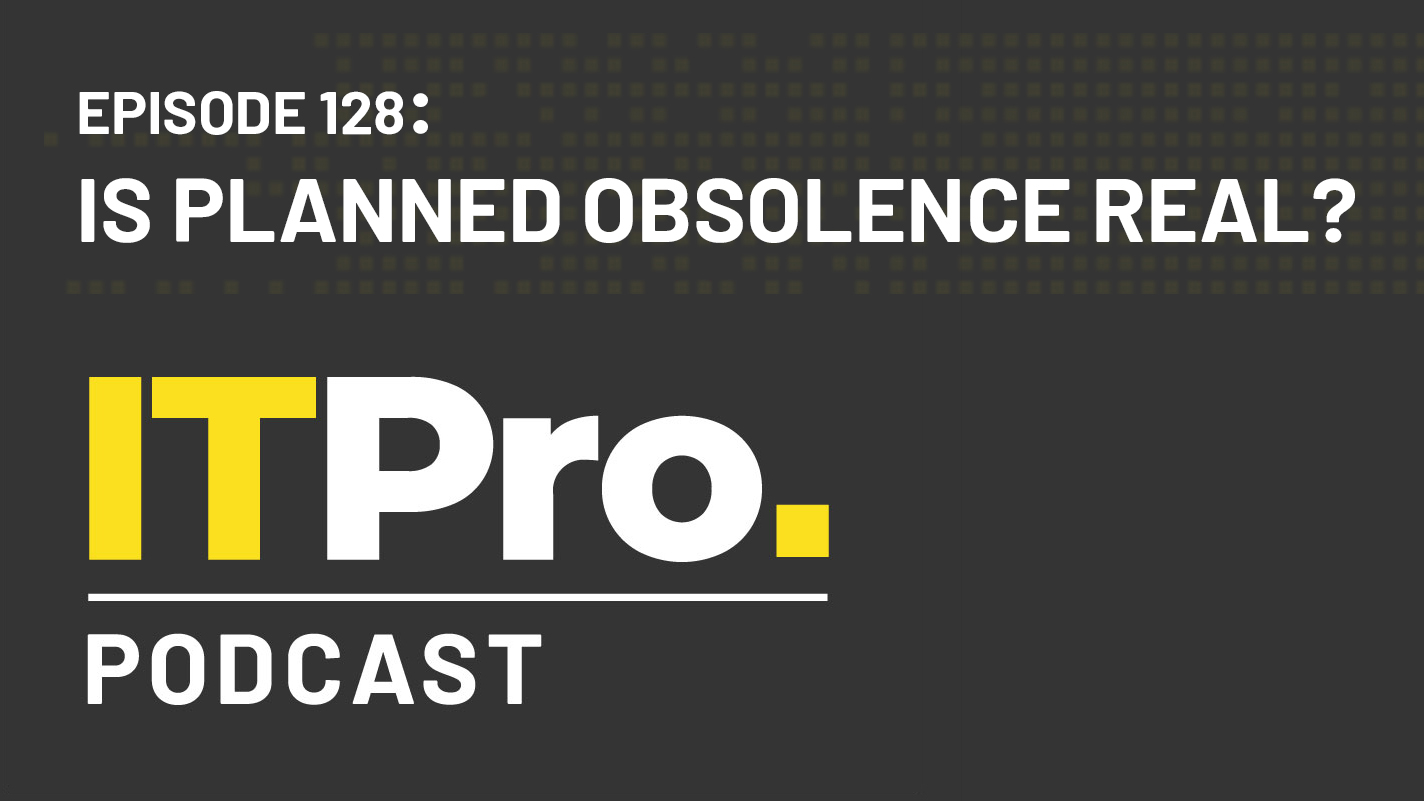 The IT Pro Podcast: Is planned obsolescence real?
The IT Pro Podcast: Is planned obsolescence real?IT Pro Podcast When is a piece of tech officially past its sell-by date?

